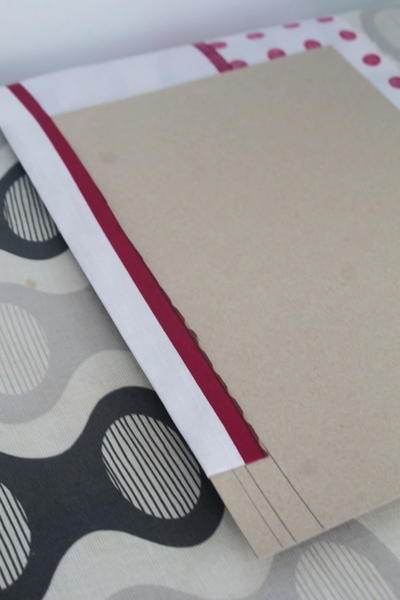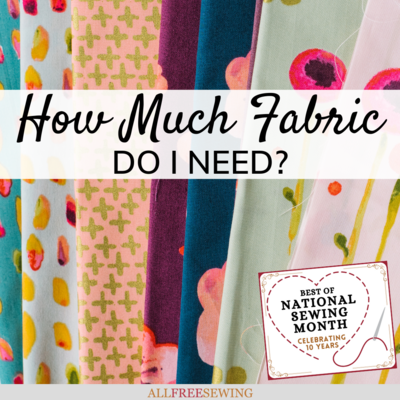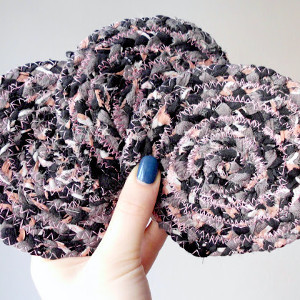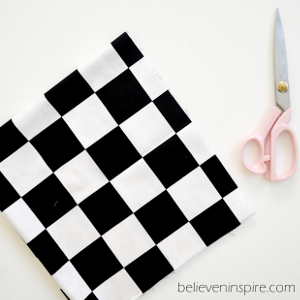How to Pre Wash Fabric Without Fraying
Understand how to prepare fabric for sewing so that it doesn't fray.
Washing fabric before you sew it is sometimes necessary. It helps prevent shrinking later on, removes wrinkles and debris from storage, and can soften the material.
But how can you be sure the fabric should (or can) be pre-washed, and then how can you prevent it from fraying during the process? Here are some quick tips for a successful result!
With this article, How to Pre Wash Fabric Without Fraying, you will learn exactly what to look for and do before washing in order to prevent any issues. Along with the prep, you will learn the best ways to wash different types of fabric to prevent fray.
Learn all about washing fabric by machine or by hand and how best to dry your fabric before sewing. Pre washing fabric can help prevent many problems later. Along with fraying, shrinking, shedding, and other obstacles for a perfect piece.
Sign Up For More Free Patterns

Assess the Fabric Type
First, determine if the material has already been pre-washed by the manufacturer. This isn't usually the case, but some heavily-dyed fabrics and denim fabrics may already be washed. Read the description of the material on the supplier or manufacturer's website (or call for a more specific answer).
This will give you information about pre-washing, as well as washing instructions for the kind of material in general. Some fabrics aren't able to be washed very easily, especially heavily-embellished cloth, wool, and fake fur. Loosely woven or knitted materials will tend to fray the most, so the following tips would apply to them:
Use a Gentle Detergent
If possible, use a hand-washing (or gentle) detergent to clean your fabric. This will help your material retain color, gain softness, and it usually isn't as fragranced as regular detergent. Be careful about using strong-smelling detergents on your fabric, especially if you're giving the finished product to someone else.
Create Sample Swatches
Before you commit to a way to wash your fabric, consider first making a few sample swatches. This is the best way to compare methods of cutting, pre-washing, drying, and finishing. It's also a risk-free way to experiment without wasting the bulk of your valuable materials.
Use Pinking Shears
If your material has "raw" (cut) sides, pinking shears may help prevent fraying. They have blades that are zig-zagged so the cuts are both with and against the grain. Remember to only use pinking shears made for fabric- not the kind designed for paper!
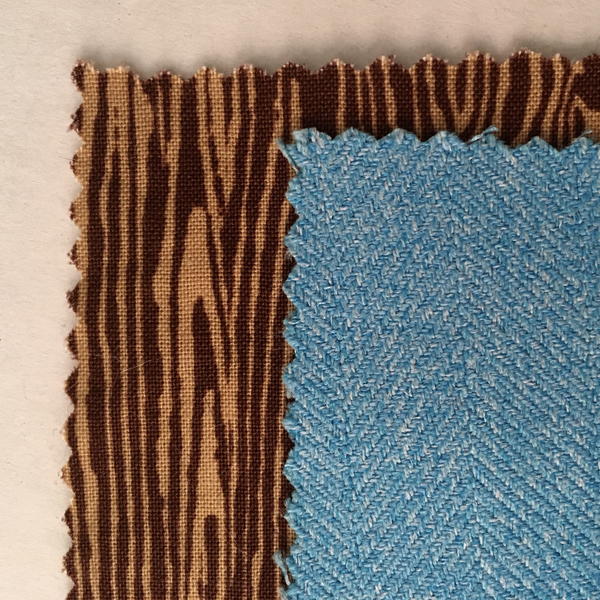
Sew Around the Cut Edges
If you're working with a fabric that will most likely fray, another option is to sew all along any cut edges or sides. You can use a zig-zag or straight stitch (made with a regular sewing machine), or even overlock it with a serger. The material may still fray outside the stitched line, but it shouldn't impact the areas inside the sewing.
Extra Tip: Be sure to backstitch at the beginning and end of your stitching, and trim off any excess threads so they don't pull and gather during the washing process.
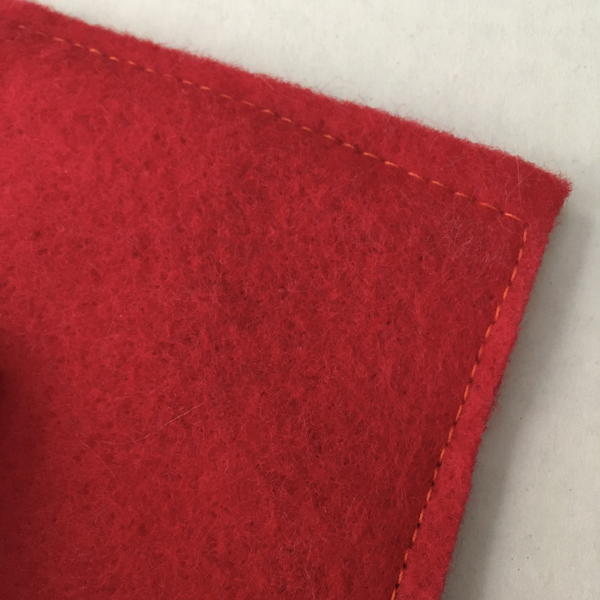
How to Wash Fabric in a Washing Machine
For large pieces of fabric, washing in a machine will most likely be the best option. It's fast, can handle big quantities, and will remove the most debris.
The fabric should be totally unfolded and loosely placed in the washer before running it on a gentle cycle. The temperature at which you wash depends on the fabric type, though I would generally recommend cool or lukewarm water to prevent any dye from running in the washer.
How to Wash Fabric by Hand
If your material is very delicate or still fraying even with the tips above, it might be better to wash it by hand. Depending on the size of the piece of fabric, fill a bin or bucket with clean water and a drop or two of gentle detergent.
You want to be able to move the fabric around in the container you're using, so size up to allow for extra room. Gently squeeze out excess water and soap before doing another plain water rinse. Then you can delicately squeeze out the water again and start the drying process.

How to Dry Your Fabric Before Sewing
Machine-drying or air-drying are your two choices for taking the remaining moisture out of fabric. Using a machine is definitely faster, but is less eco-friendly than drying on a rack or on a line outside. The choice of how to dry your fabric depends on the material you're working with, the weather or climate (if you want to dry it outside), and the size of your space.
Sometimes it's just not feasible to air dry your fabric, and using a machine will be the best option. A low temperature will dry your cloth while minimizing shrinkage, so I wouldn't recommend a high heat for this step.
Extra Tip: Dryer sheets aren't always necessary, but may help if the material is getting staticky or really wrinkled in the dryer.
How to Iron and Finish Your Fabric Before Sewing
Once you've washed and dried the material it may need to be ironed. If the fabric is really wrinkled, consider using the steam settings in your iron- or even take your fabric out of the dryer when it's still a bit damp and iron until dry.
Also, be sure to carefully fold your fabric after drying so it doesn't get wrinkled again. Rolling or folding it loosely is usually the best way to store your material after pre-washing.

Want More?
Tips for Pressing Fabric >>>
Do you typically wash your fabric before using it in a sewing project?
Let us know in the comment section below!
Read Next50+ Sewing Crafts That Sell Well

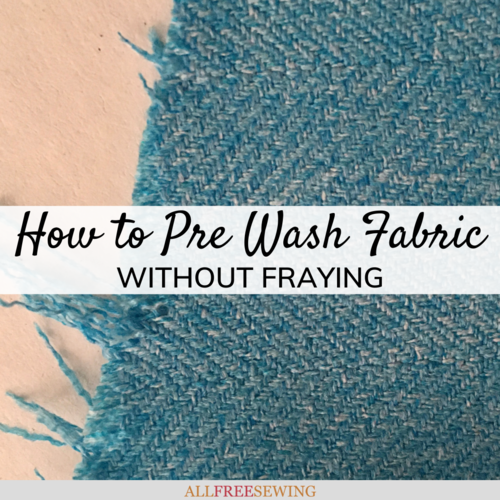

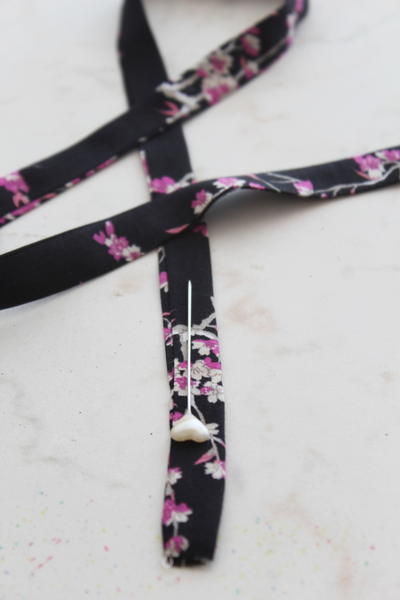
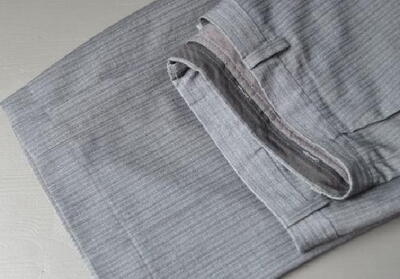
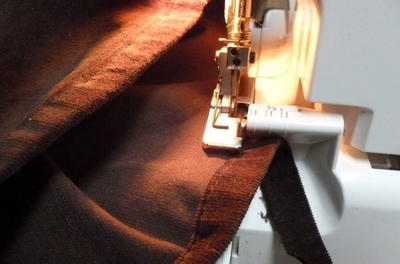

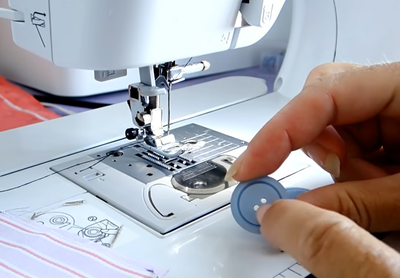

![Know Your Skirts Guide [Infographic]](http://irepo.primecp.com/2021/10/509029/Know-Your-Skirts-Infographic-square21-nw_Large400_ID-4536247.png?v=4536247)
